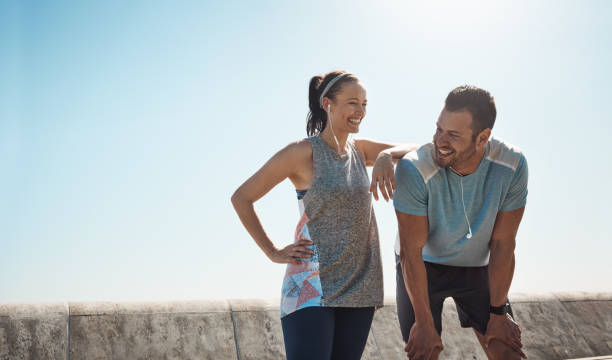With the arrival of warmer weather, many of us are eager to take our workouts outdoors. But before you step outside to exercise, follow these tips to avoid heatstroke or heat exhaustion:
Hydration is Key
One of the most vital aspects of exercising in the heat is staying adequately hydrated. “Hydrate above and beyond what you expect you’ll need,” advises Dr. Emil Hodzovic, a strongman and medical professional associated with Project Goliath. Sweating leads to significant fluid loss, often exceeding the amount you can replenish by drinking alone. Dr. Hodzovic recommends continuing to hydrate even after you’ve finished your workout and considering an electrolyte drink to aid recovery.
Recognize Your Limits
When it comes to heatwave workouts, it’s important to stick to familiar routines. Engaging in exercises your body isn’t accustomed to may trigger warning signs that you might not recognize.
If you experience symptoms such as lightheadedness, hot or red skin, blurry vision, extreme fatigue, weakness, an accelerated heart rate, or vomiting, seek shade immediately, rest, and rehydrate. Remember, this is not the time to push through discomfort. Take extra rest between sets and reduce the intensity or duration of your workout if necessary.
Beware of Humidity
Humidity levels can significantly impact your body’s natural cooling mechanisms. In high humidity, sweat becomes less effective in dissipating heat from your body. To prevent heat exhaustion, consider using ice packs or cooling towels to lower your body temperature rapidly. However, avoid engaging in competitive sports during extreme heat, as the tendency to push yourself beyond your limits increases.
Front-Load Your Day
To make the most of your outdoor workouts during a heatwave, aim to exercise in the morning. Not only will you secure the coveted bragging rights on Instagram, but the temperature is generally cooler at dawn than it is during the evening. As the day progresses, humidity tends to rise, making mid-morning to early afternoon the least favorable time for intense physical activity. Avoid scheduling workouts between 10 am and 3 pm to minimize the risk of heat-related issues.
Benefits of Exercising Outdoors
There are quite a few benefits to exercising outdoors when the sun’s out:
Vitamin D Boost
Don’t neglect the importance of catching some rays. You only need around 20 minutes of sun exposure to get the Vitamin D your body needs.
Improved Sleep Quality
Sunlight regulates serotonin levels and supports your circadian rhythms, leading to better sleep and a healthier brain.
Reduced Risk of Chronic Diseases
The benefits of outdoor training extend beyond mental well-being. Scientists at the University of Alberta have identified a lack of daylight as one of the primary factors contributing to winter weight gain. Exposure to sunlight during the summer months has been shown to reduce subcutaneous white adipose tissue—the fat associated with an increased risk of diabetes, heart disease, and obesity.
Boosted Happiness Levels
Spending ample time outdoors can have a lasting impact on your overall fitness and short-term body goals. Massachusetts General Hospital researchers were able to determine that endorphin levels increase by up to 50% with regular exposure to sunlight for 6 weeks.
There’s no doubt the sun’s rays are beneficial to us, generally speaking. But don’t forget to protect your skin before stepping outside. Wearing sunscreen and re-applying every 2 years can go so far in helping you avoid sun burn and skin cancer. And should it get too hot, workout in a gym instead to be safe. Purchase a Powerhouse Gym Membership so you can stay active even in the hottest of days.
